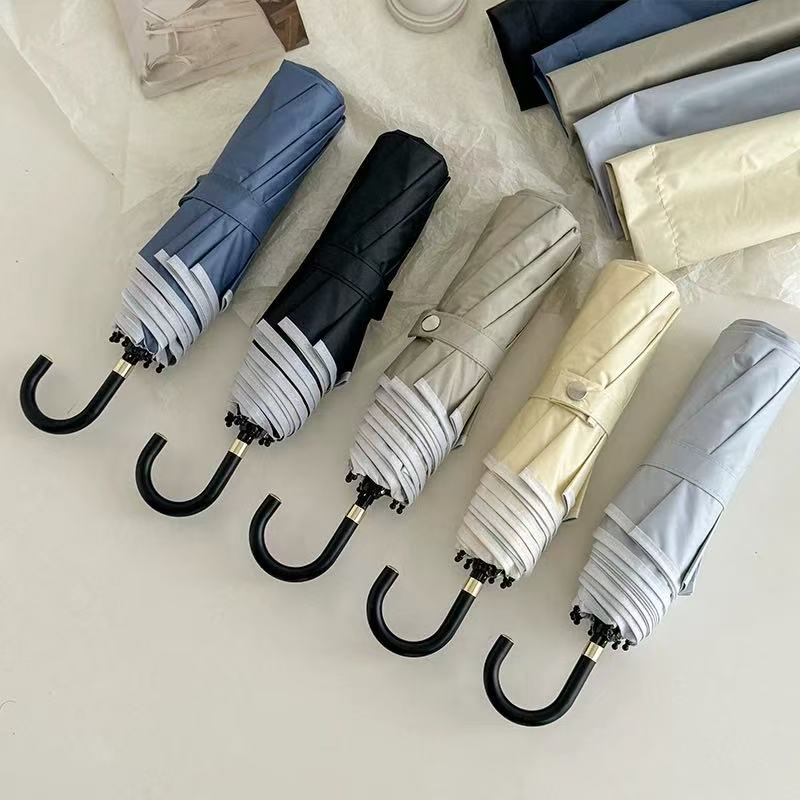
- 1. Nylon: The Trailblazer
- 2. Polyester: The Popular Choice
- 3. Pongee: The Rising Star
Conclusion: Which Is the Best?
Selecting the ideal fabric is a decision that hinges on individual preferences, environmental concerns, budget constraints, and specific usage scenarios. Nylon, Polyester, and Pongee each bring distinct qualities to the table.Nylon: The Go-to for Durability and Lightness
Nylon, with its historical significance in the umbrella world, is synonymous with strength and lightness. If your priority is a robust umbrella that can withstand the whims of the weather, especially wind, nylon is a strong contender. Its high tensile strength means it's less likely to tear or rip in adverse conditions. However, for those concerned about environmental impact, nylon's synthetic, non-biodegradable nature could be a drawback.
Additionally, for frequent users in sunnier Australian regions like Queensland or Western Australia, the UV sensitivity of nylon might lead to quicker degradation, reducing the lifespan of the umbrella.
Polyester: The Economical Everyday Choice
Polyester umbrellas strike a fine balance between affordability and functionality. They're widely available and come in a plethora of designs, owing to the fabric's excellent colour retention. This makes it a great choice for those who value aesthetic variety and cost-effectiveness. However, it might not be the best option in extremely hot climates due to its lower breathability and heat sensitivity.
In terms of environmental concerns, like nylon, polyester is not biodegradable, which could be a consideration for eco-conscious buyers. However, its durability means it doesn't need to be replaced as often, which could be viewed as a form of resource conservation.
Pongee: The Premium, Eco-Friendlier Alternative
Pongee is emerging as a luxurious, eco-friendly alternative to traditional umbrella fabrics. Its soft texture and strength make it ideal for those who don’t mind investing a bit more for a higher-quality product. Additionally, its environmental footprint is generally smaller compared to nylon and polyester, appealing to the environmentally conscious user.
In Australian regions with more variable weather, such as Victoria or Tasmania, pongee's blend of durability and aesthetic appeal can be particularly attractive. However, its higher cost and care requirements might be a drawback for some users.
The Verdict: Tailored to Your Needs
In sum, the decision comes down to what you value most in an umbrella:
Nylon: Opt for nylon if you prioritise longevity and lightness and aren’t overly concerned about UV sensitivity or environmental factors.
Polyester: Choose polyester for an affordable, colourful, and versatile option, especially suitable for everyday use.
Pongee: Select Pongee if you prefer a more luxurious feel and eco-friendliness and are willing to invest more for premium quality.
Remember, in a country like Australia, with its diverse climate ranging from the tropical north to the cooler southern states, the ideal fabric may also be influenced by your local weather conditions. Ultimately, the best choice is one that aligns with your personal needs, lifestyle, and values, ensuring that your umbrella is a companion you can rely on, come rain or shine.


